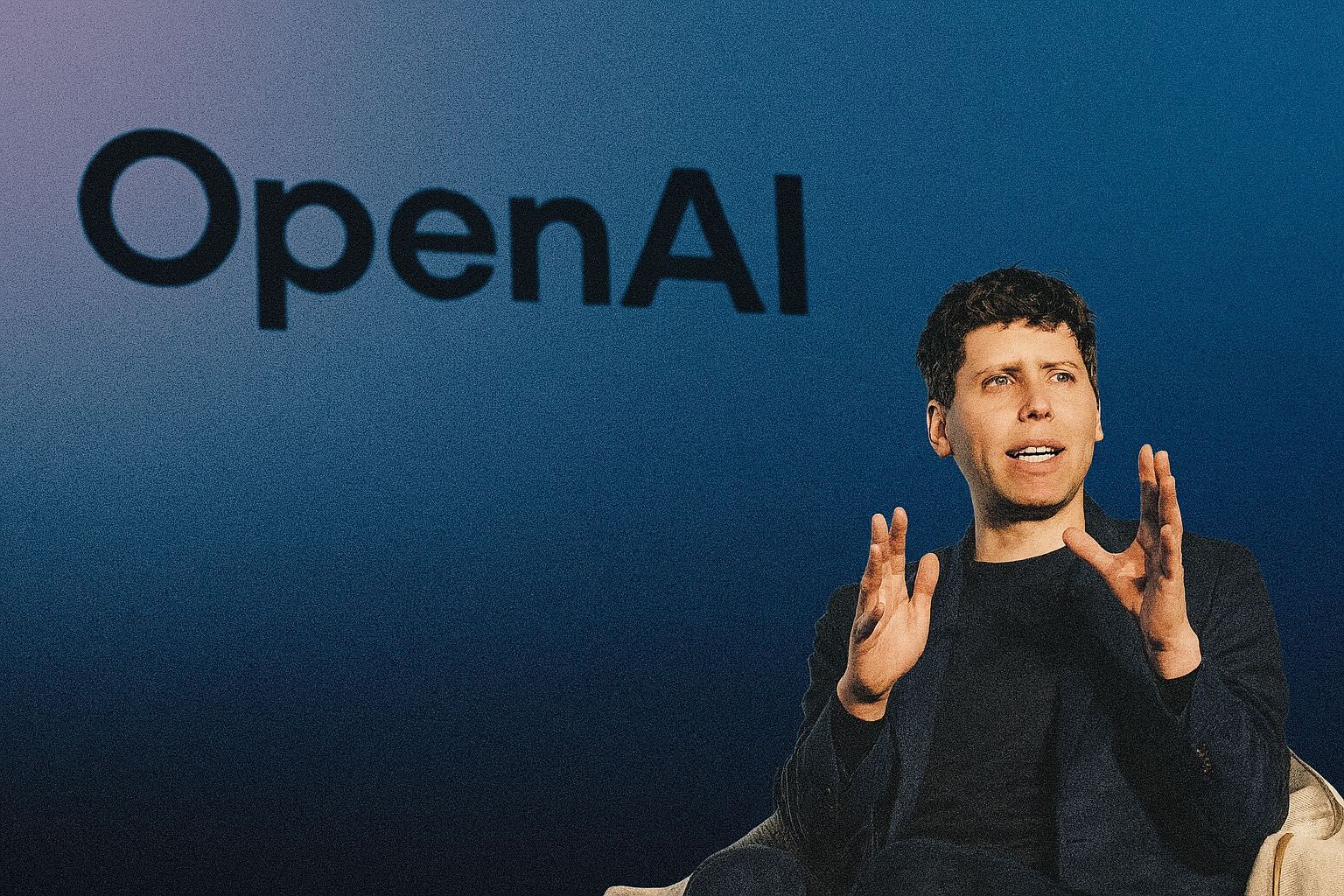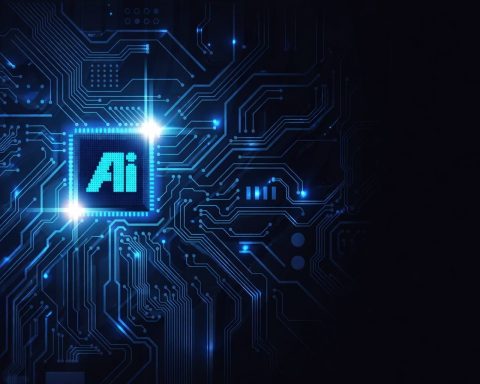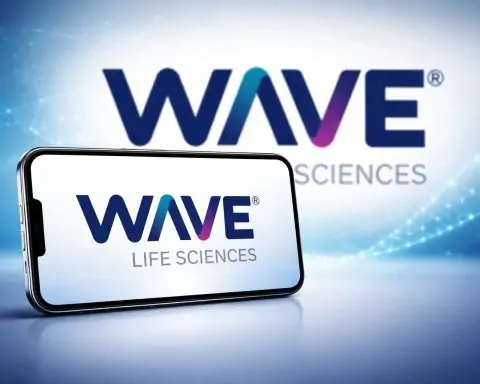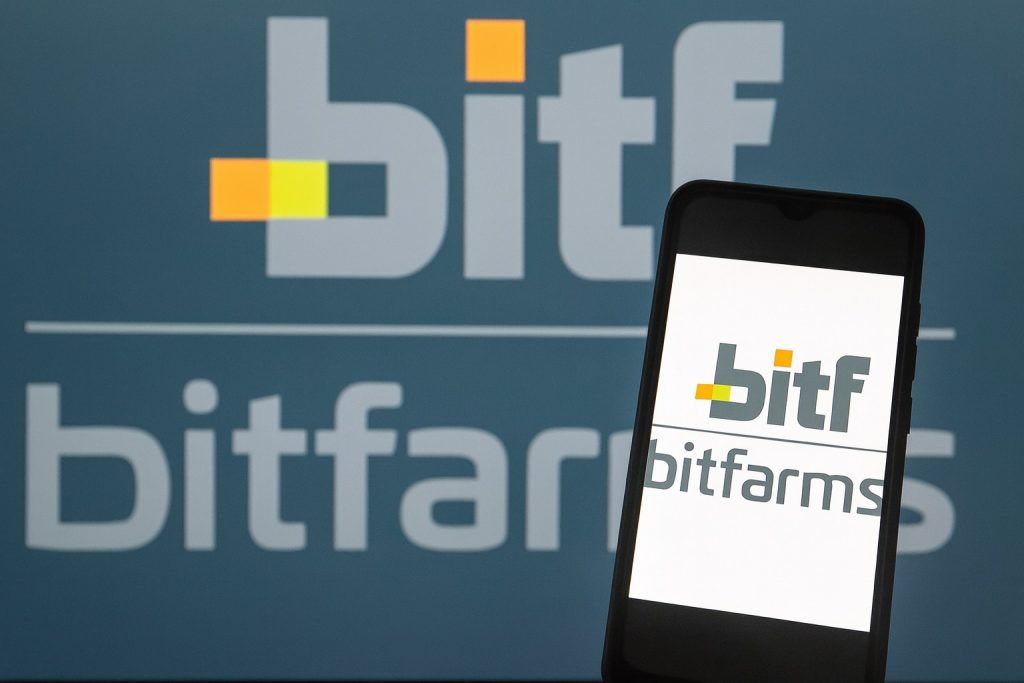- Secret project targets Wall Street grunt work: OpenAI has quietly enlisted over 100 former investment bankers – including alumni of JPMorgan, Goldman Sachs and Morgan Stanley – to train its AI models on how to build complex financial models [1]. Under the code name “Project Mercury,” these ex-bankers are paid around $150 per hour to feed the AI real examples of transactions (from IPO valuation models to restructuring analyses) via carefully crafted prompts [2]. The goal: teach the chatbot to handle tasks traditionally done by junior analysts.
- Automating 80-hour analyst tasks: The initiative aims to automate the tedious, high-hour workloads of entry-level Wall Street analysts [3]. First-year bankers often toil 80–100 hours a week in Excel and PowerPoint – tweaking valuation spreadsheets and polishing slide decks at senior bankers’ behest [4]. By having seasoned bankers train the AI with one polished deal model per week [5] [6], OpenAI hopes its system can eventually crank out financial models and pitchbook slides on command, slashing the time humans spend on “pls fix” grunt work.
- Job fears vs. executive optimism: Not surprisingly, the project has stirred anxiety among junior financiers. If AI can handle modeling and presentations, what does that mean for entry-level jobs? [7] Some analysts worry about career prospects in an industry already infamous for burnout. Several startups are even now offering AI tools to help generate models and memos, heightening those job-security concerns [8]. Yet top Wall Street executives urge calm. Goldman Sachs CEO David Solomon, for example, argues AI won’t “destroy” banking jobs outright but will transform them – freeing employees from drudgery to focus on higher-value work [9] [10]. “Yes, there will be job functions that shift and change… But I’m excited about it,” Solomon said, noting that technology revolutions have historically created new roles even as old ones evolve [11].
- OpenAI’s $500B AI bet boosts tech stocks: OpenAI’s push into finance comes amid a broader AI investment frenzy. The ChatGPT maker recently hit a staggering $500 billion valuation despite not yet turning a profit [12]. It’s pouring this capital into AI infrastructure – signing multi-billion deals for advanced chips that sent supplier stocks soaring. For instance, news of OpenAI’s partnership with AMD (deploying 6 gigawatts of AMD GPUs) sent AMD’s stock jumping ~34% in a single week in October [13]. Even Broadcom saw a nearly 10% one-day surge after winning a $10 billion AI chip order from OpenAI [14]. Investors are betting big that AI breakthroughs will revolutionize industries from finance to law, and OpenAI’s aggressive moves are seen as a catalyst across the tech sector.
- Wall Street adapts: more engineers, new roles: Experts predict AI could wipe out up to 50% of entry-level office jobs in the next 5 years as tools like GPT-4 automate white-collar tasks [15]. Financial analysts rank among the roles most exposed to generative AI, according to one Microsoft study [16]. However, banks are already reshaping their workforces for this future. Goldman Sachs now employs 13,000 engineers (one-third of its staff) to develop and manage new tech [17], illustrating how jobs are shifting rather than disappearing. Even new careers are emerging: training AI has become a viable gig. (OpenAI’s ex-banker contractors had to pass an AI-chatbot interview and modeling test to land this $150/hour role [18].) Major banks are also investing in AI startups – J.P. Morgan, for example, just backed a $50 million funding round for Rogo, a fintech building “Wall Street’s first AI analyst” [19]. The message is clear: adapt to the AI era, or risk being left behind.
OpenAI’s “Project Mercury” – Bankers Training Their Replacement
Wall Street’s junior bankers may have just met their future replacement – and it’s a chatbot armed with Excel macros and finance textbooks. In a move that grabbed industry attention this week, OpenAI (the firm behind ChatGPT) has been secretly recruiting over a hundred former Wall Street analysts to train an AI system how to do their old jobs [20]. Dubbed Project Mercury, the initiative invites ex-bankers from elite firms like Goldman Sachs, JPMorgan, and Morgan Stanley to act as AI tutors, teaching OpenAI’s models to build the kind of intricate financial models and presentations that investment banking analysts grind out daily [21].
These finance veterans aren’t doing it out of charity – OpenAI is paying around $150 per hour for their expertise [22]. In practice, each contractor is expected to submit one complete financial model per week to the AI, whether it’s a discounted cash flow valuation for an IPO or a merger model for a hypothetical acquisition [23]. They write detailed prompts, feed in spreadsheets, and walk the AI through the logic, receiving feedback and making tweaks as needed [24] [25]. Over time, this training data will help refine OpenAI’s models so that the AI can generate similar analyses on its own. Essentially, these humans are teaching the AI step-by-step how to think (or at least calculate) like an investment banker.
OpenAI’s spokesperson framed Project Mercury as part of a broader push to make its AI more useful across industries. The company is “working with experts to improve and evaluate [its] models across different domains” – finance included – via third-party contractors [26]. And few domains have more structured, data-heavy grunt work than entry-level finance. A first-year banking analyst’s life is notorious for late-night Excel sessions, building models for IPOs or leveraged buyouts, and last-minute “turning comments” on pitch decks (hence the dark Wall Street humor of the “pls fix” meme scrawled on printouts by bosses) [27]. By capturing seasoned bankers’ know-how – from how to format a perfect 3-statement model to the proper italicization of percentages in a chart [28] – OpenAI hopes its chatbot can learn to handle much of this drudgery.
If successful, the AI analyst could draft valuation models, due diligence memos or investor presentations in a fraction of the time a human would, with far less coffee and midnight oil. That promises huge efficiency gains for financial firms. As one industry observer quipped, it’s as if 100 veterans are training their own replacement – a new kind of banker-bot that never sleeps, doesn’t complain about 100-hour weeks, and works for free once built.
Wall Street Worries and Hopes: “Will AI Take My Job?”
The rise of an “AI analyst” inevitably raises a burning question in the marble halls of Wall Street: will algorithms replace the next generation of bankers? Among many junior analysts and associates, there is palpable anxiety that tools like Project Mercury could eventually make entry-level finance jobs obsolete [29]. After all, if a machine can reliably handle financial modeling and PowerPoint polishing, why continue hiring large classes of college grads to do the same? It doesn’t help that startups are already marketing AI assistants for bankers. From New York to London, teams have started experimenting with generative AI to draft pitch materials or comb through earnings data. “White-collar bloodbath” headlines – warning that AI might wipe out swaths of junior office jobs – have added to the unease [30].
Indeed, one recent analysis projected that up to 50% of entry-level tasks in finance could be automated within five years thanks to rapid advances in generative AI [31]. Routine-heavy roles like financial analysts scored especially high in AI exposure – meaning a large portion of their work could theoretically be done by current AI technology [32]. And a Goldman Sachs study earlier this year famously estimated 300 million jobs globally could be affected by AI automation in the coming decade [33]. It’s no wonder today’s young bankers wonder if they’ll be competing with ChatGPT-style bots for jobs (or training those bots as a new job).
Not everyone is convinced human analysts are going the way of the dodo, however. Many industry veterans and executives emphasize that while AI will change finance, it won’t outright replace humans – at least not in the foreseeable future. David Solomon, CEO of Goldman Sachs, is one of them. He acknowledges that AI advances (like the sudden prowess of GPT-4) are “happening at a pace that’s quicker” than past tech revolutions, and that there may be “unsettled transitions around certain job functions” in banking as a result [34] [35]. But Solomon remains optimistic about the outcome. “At the end of the day, we have an incredibly flexible, nimble economy,” he said in a recent CNBC interview, arguing that the workforce will adapt just as it has to spreadsheets, Bloomberg terminals, and automation in the past. “Yes, there will be job functions that shift and change… But I’m excited about it. If you take a three-to-five-year view, [AI is] giving us more capacity to invest in our business,” Solomon explained [36]. In his view, AI is another tool to boost productivity – doing the heavy lifting on data crunching so that bankers can spend more time on creative analysis, client relationships and strategic thinking.
Other finance leaders echo that sentiment: AI will augment, not replace. They point out that even the smartest model often needs a human in the loop for judgment, context, and the creative leaps that algorithms can’t (yet) replicate. For example, Morgan Stanley has rolled out a GPT-4 powered assistant for its financial advisors – not to cut headcount, but to help human advisors quickly lookup research and historical data for clients [37]. In corporate banking, JPMorgan’s CEO Jamie Dimon has said he expects AI to eliminate some roles while creating new ones (like AI programmers and data scientists) and that overall, technology will allow his firm to hire “less in some areas, more in others.” The emergence of roles like “prompt engineer” – essentially specialists who know how to talk to AI models to get useful results – underscores this evolution. Just a few years ago, no one thought “prompt writing” would be a sought-after skill. Now these AI trainers (including the ex-bankers in Project Mercury) are being paid top dollar, showing how automation can spawn entirely new jobs even as it streamlines old ones [38] [39].
Crucially, Wall Street is not standing idle in the face of AI – it’s racing to harness it. Banks large and small are investing heavily to integrate AI into their workflows. Goldman’s 13,000 engineers (a quarter of its workforce) are testament to how much modern banking is becoming a technology game [40]. And beyond building in-house tools, banks are also partnering with or funding AI startups to ensure they’re not left behind. Case in point: in April, J.P. Morgan’s investment arm joined a $50 million funding round for Rogo, a startup developing “Wall Street’s first AI analyst” to assist bankers with financial research and modeling [41]. The International Head of Investment Banking at Nomura (one of Rogo’s early clients) even stated that integrating such AI “is going to transform how we deliver value to clients,” by analyzing data with unprecedented speed while letting human bankers focus more on client strategy [42]. This optimistic take – that AI will be a powerful assistant, not an axe-wielding job killer – is increasingly common in C-suites. The reality will likely be nuanced: some roles will be reduced or eliminated, while new tech-focused roles and higher-level advisory work expand. For now, the smart money in finance is on adapting to AI’s rise, not resisting it.
An AI Gold Rush – and a New Financial Landscape
OpenAI’s foray into high finance is just one facet of a much larger AI boom that is reshaping markets and industries in 2025. In the past month alone, OpenAI has reportedly negotiated nearly $1 trillion worth of deals to procure hardware and capital for its AI ambitions [43] [44]. The company, barely a startup a few years ago, now carries a mind-boggling $500 billion valuation after its latest funding – putting it in the league of the world’s most valuable firms [45]. Investors are effectively betting that OpenAI (and its rivals) will revolutionize everything from internet search to drug discovery to, yes, financial analysis.
Those bets have ignited an AI stock market frenzy. When OpenAI inks a major partnership, the ripple effects send stocks soaring. For example, earlier this month OpenAI announced a multi-year partnership with chipmaker AMD to deploy advanced graphics processors for AI – a deal so large it included OpenAI receiving warrants for an equity stake in AMD [46]. The market’s response was emphatic: AMD’s stock rocketed ~34% in a matter of days [47], adding tens of billions to the chip company’s market cap on hopes that supplying OpenAI will turbocharge its growth. Similarly, Broadcom – another supplier making custom AI chips – saw its shares leap nearly 10% in a single day after word of a $10 billion OpenAI order for specialized silicon [48]. (Broadcom’s CEO Hock Tan had hinted that big cloud customers were lining up for its AI chips [49] – now we know OpenAI is among them.)
This gold-rush atmosphere isn’t confined to tech vendors. The promise of AI-driven efficiency is pushing up valuations in sectors like cloud computing, enterprise software, and consulting, as investors expect winners and losers to emerge based on who adapts fastest. Even the large banks could see long-term stock impacts: those that successfully leverage AI might improve profitability (by cutting costs and winning more business with faster turnaround), which Wall Street would reward. Conversely, banks that lag could face pressure on earnings – or so the theory goes. In fact, Goldman Sachs analysts estimated that AI automation could eventually boost annual productivity growth by 1.5% and lift global GDP by 7% over a decade, which would be a boon to many companies’ top lines [50]. Little wonder then that executives across industries are treating AI as a must-win frontier. “I can’t find a CEO…in any industry that is not focused on how they can reimagine and automate processes in their business,” Solomon observed of the current corporate mindset [51].
For now, OpenAI’s Project Mercury remains an experiment – albeit a very high-profile one – in applying this technology to high finance. The AI models still have a long way to go. They must prove not only that they can crunch numbers, but that they understand the nuances of deals, can adapt to new scenarios, and won’t spit out flawed analysis that slips past an overeager banker. Human analysts, with their ability to sanity-check, apply context, and exercise skepticism, are still invaluable in that loop [52] [53]. As one AI researcher noted, current models lack true comprehension or the instinct for implications that experienced bankers have developed – they’ll merrily produce an answer, but it takes a human to judge if the answer makes sense in the real world [54] [55]. In the near term, the most likely outcome is human-AI collaboration: junior bankers using AI tools to work faster, while senior bankers and clients still rely on human judgment for final decisions.
A New Chapter for Analysts – Augmented, Not Obsolete
The coming years will test how much of Wall Street’s work can be entrusted to algorithms. Will AI analysts become as common as Bloomberg terminals, or will they hit a ceiling of trust and ability? OpenAI’s venture with Project Mercury shows just how rapidly the frontier is advancing – a chatbot that might handle tasks once reserved for Ivy League grads in slick suits. It’s a development that thrills tech enthusiasts and unnerves traditionalists in equal measure.
For the analysts of tomorrow, one thing is certain: the skill set is changing. Financial acumen alone may no longer guarantee a foot in the door if an AI can do the same calculations in seconds. The differentiators will be the human elements – creativity, relationship-building, strategic insight – coupled with the ability to work with AI as a tool. In fact, tomorrow’s bankers might spend as much time engineering prompts and vetting AI outputs as they do building models from scratch. Today’s Project Mercury contractors, those 100 ex-bankers, are arguably a prototype of the future finance professional: part banker, part “AI whisperer.”
In the end, Wall Street has always been about gaining an edge. If AI confers an edge, it will be adopted – jobs will adjust around it. As OpenAI’s rapid expansion and the market’s reaction have shown, the revolution is already underway. From the perspective of a young analyst, that revolution can be daunting. But if history (and Solomon’s optimism) is any guide, those who adapt and leverage the new technology will find themselves in high demand. The dull grind of data entry may fade, but analyzing and advising – the true art of finance – isn’t about to be automated away just yet. As one tech CEO put it, “AI won’t replace you – a person using AI might.” The smart analyst will make sure they’re on the right side of that equation.
Sources:
- Puls Biznesu (PB.pl) – “OpenAI szkoli AI na byłych bankierach, by zastąpić analityków” (Oct 26, 2025) [56] [57]
- Times of India – “ChatGPT maker OpenAI hired 100 ex bankers… to train these new models” (Oct 23, 2025) [58] [59] [60]
- Bloomberg (via BISA) – “OpenAI Looks to Reduce Junior Bankers’ Workload” (Oct 21, 2025) [61]
- Goldman Sachs CEO David Solomon on CNBC – optimism about AI and jobs (Oct 24, 2025) [62] [63]
- TS2.tech – “The Great AI Job Takeover” (Aug 31, 2025), on AI’s impact on jobs [64] [65]
- TS2.tech – “Broadcom Stock Skyrockets on $10B OpenAI Chip Deal” (Oct 2025) [66] [67]
- Rogo AI – Press Release: $50M Series B to build an AI financial analyst (Apr 30, 2025) [68]
- TS2.tech – “AI vs. IT Pros: Why the Robots Haven’t Taken Over (Yet)” (July 2025) [69]
References
1. timesofindia.indiatimes.com, 2. timesofindia.indiatimes.com, 3. portfolio.bisanet.org, 4. timesofindia.indiatimes.com, 5. portfolio.bisanet.org, 6. timesofindia.indiatimes.com, 7. timesofindia.indiatimes.com, 8. timesofindia.indiatimes.com, 9. timesofindia.indiatimes.com, 10. timesofindia.indiatimes.com, 11. timesofindia.indiatimes.com, 12. timesofindia.indiatimes.com, 13. ts2.tech, 14. ts2.tech, 15. ts2.tech, 16. ts2.tech, 17. timesofindia.indiatimes.com, 18. timesofindia.indiatimes.com, 19. rogo.ai, 20. timesofindia.indiatimes.com, 21. timesofindia.indiatimes.com, 22. timesofindia.indiatimes.com, 23. timesofindia.indiatimes.com, 24. portfolio.bisanet.org, 25. timesofindia.indiatimes.com, 26. timesofindia.indiatimes.com, 27. timesofindia.indiatimes.com, 28. timesofindia.indiatimes.com, 29. timesofindia.indiatimes.com, 30. ts2.tech, 31. ts2.tech, 32. ts2.tech, 33. ts2.tech, 34. timesofindia.indiatimes.com, 35. timesofindia.indiatimes.com, 36. timesofindia.indiatimes.com, 37. timesofindia.indiatimes.com, 38. ts2.tech, 39. ts2.tech, 40. timesofindia.indiatimes.com, 41. rogo.ai, 42. rogo.ai, 43. ts2.tech, 44. ts2.tech, 45. timesofindia.indiatimes.com, 46. ts2.tech, 47. ts2.tech, 48. ts2.tech, 49. ts2.tech, 50. ts2.tech, 51. timesofindia.indiatimes.com, 52. ts2.tech, 53. ts2.tech, 54. ts2.tech, 55. ts2.tech, 56. portfolio.bisanet.org, 57. timesofindia.indiatimes.com, 58. timesofindia.indiatimes.com, 59. timesofindia.indiatimes.com, 60. timesofindia.indiatimes.com, 61. portfolio.bisanet.org, 62. timesofindia.indiatimes.com, 63. timesofindia.indiatimes.com, 64. ts2.tech, 65. ts2.tech, 66. ts2.tech, 67. ts2.tech, 68. rogo.ai, 69. ts2.tech









